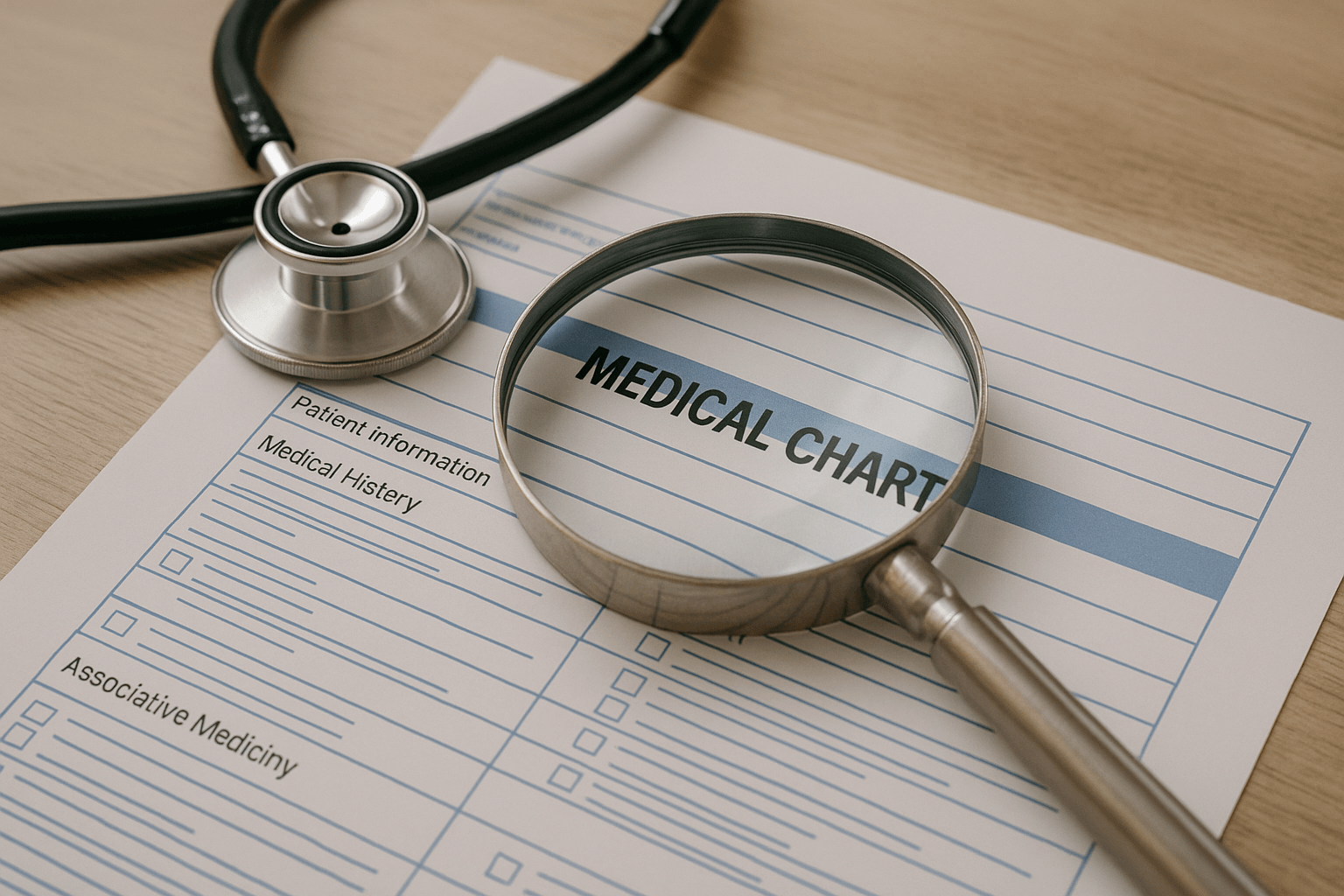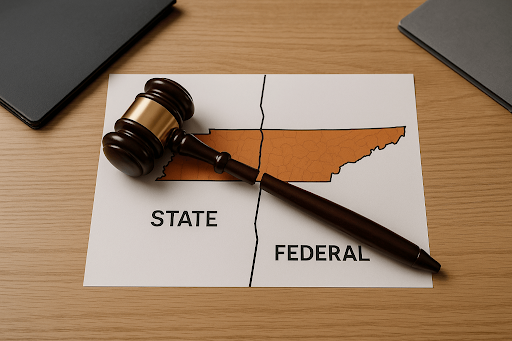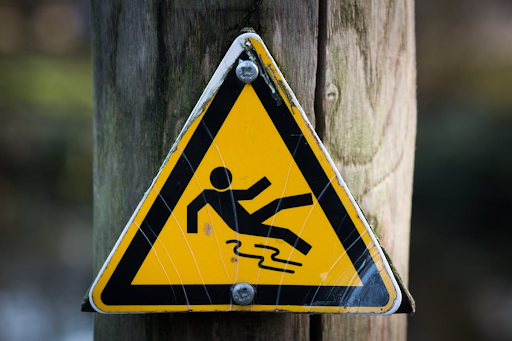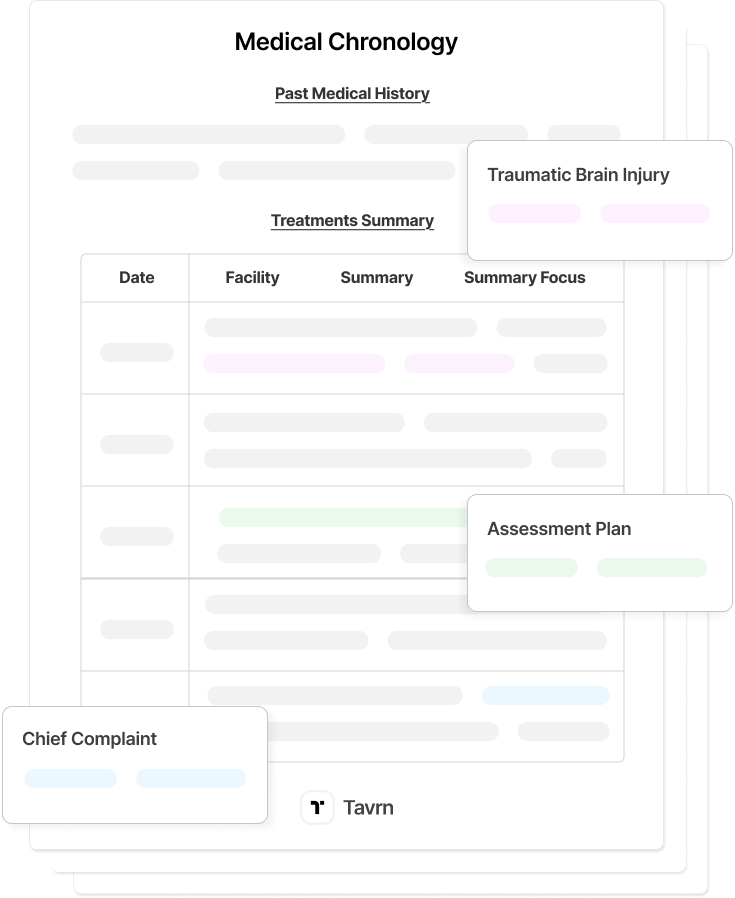Nevada maintains statutory medical malpractice damage caps under a comprehensive legal framework established through voter initiative and consistently upheld by state courts.
The framework under NRS Chapter 41A combines fixed noneconomic damage limits with phased increases through 2028 and inflation adjustments thereafter, while preserving full recovery for economic losses.
This article reviews Nevada's malpractice caps, legal framework, court precedents, and procedural rules.
Legal Framework in Nevada
Nevada's medical malpractice damage caps derive constitutional authority from a 2004 statewide initiative (Ballot Question No. 3) approved by Nevada voters. The primary statutory framework appears in Nevada Revised Statutes Chapter 41A - Actions for Professional Negligence, which comprehensively governs healthcare liability cases.
- NRS 41A.035 establishes the specific noneconomic damage limitations
- NRS 41A.015 defines professional negligence as "failure of a provider of health care, in rendering services, to use the reasonable care, skill or knowledge ordinarily used under similar circumstances by similarly trained and experienced providers of health care."
The framework includes several liability provisions under NRS 41A.045, which limit each defendant’s responsibility to their proportionate share of negligence. Nevada abolished joint and several liability for professional negligence claims, except for intentional acts, concerted action, or where expressly provided by statute.
Assembly Bill 404 (2023) significantly modified the existing cap structure, establishing a phased increase schedule that began January 1, 2024. The Nevada Supreme Court must publish maximum noneconomic damage amounts annually on its website for the following 20 years, ensuring transparency for practitioners and consistent application across jurisdictions.
2025 Nevada Medical Malpractice Caps
Nevada's medical malpractice caps apply to noneconomic damages on a per-case basis, with specific dollar amounts ($80,000) increasing annually through 2028:
Current Noneconomic Damage Caps:
- 2025: $510,000
- 2026: $590,000
- 2027: $670,000
- 2028: $750,000
These statutory amounts are published annually by the Nevada Supreme Court pursuant to Assembly Bill 404, ensuring uniform statewide application and transparency for practitioners.
Cap Application Structure:
- Per Incident Basis: Single aggregate cap regardless of the number of plaintiffs or defendants involved.
- Noneconomic Damages Only: Excludes medical expenses, lost wages, rehabilitation costs, and other economic losses.
- Total Recovery Limitation: Applies to pain and suffering, emotional distress, and loss-of-consortium damages.
Additional Statutory Caps:
- Emergency Hospital Care Negligence (NRS 41.503): $50,000 maximum for qualifying emergency care.
- State-run Medical Facilities: $200,000 maximum per claim for torts committed by state employees acting within the scope of their public duties or employment.
- Attorney Contingency Fees: Limited to 35% of total recovery under NRS 7.095.
The Nevada Supreme Court publishes annual updates to maximum noneconomic damage amounts as required by Assembly Bill 404 (2023).
Future Adjustment Mechanism: Beginning in 2029, annual increases of 2.1% based on Consumer Price Index calculations, rounded to the nearest dollar, will replace the fixed annual increases.
Recent Developments & Pending Legislation in Nevada
As of October 2025, Nevada's medical malpractice cap framework remains stable, with no new legislation specifically targeting damage limitations introduced in the current session.
- Assembly Bill 404 continues implementation as scheduled, representing the most significant modification to Nevada's malpractice caps since their original enactment.
The 2023 legislation created Nevada's current phased increase schedule, providing $80,000 annual increases through 2028. This represents a 114% increase from the original base amount, significantly impacting case valuations for medical malpractice practitioners.
Current session healthcare bills include:
- Senate Bill 165 addresses behavioral health practitioner licensing and
- Assembly Bill 50 concerning mass casualty incident data management,
Neither contains malpractice cap provisions.
Future reforms may require similar voter approval processes, given the constitutional foundation of Nevada's damage limitation framework.
Key Nevada Medical Malpractice Court Precedents
Nevada’s medical malpractice caps rest on Supreme Court decisions that upheld their constitutionality and clarified how statutory limits apply across multiple defendants.
Stephen Tam, M.D. v. Eighth Judicial District Court — Constitutional Validity
Stephen Tam, M.D. v. Eighth Judicial Dist. Court (2015) definitively established the constitutionality of Nevada's medical malpractice damage caps. The Nevada Supreme Court rejected comprehensive constitutional challenges based on due process, equal protection, and jury trial rights.
The court's holding clarified that damage caps apply on a "per incident" basis rather than per defendant, meaning multiple healthcare providers involved in a single incident collectively share the statutory limitation. This decision eliminated uncertainty in Nevada medical malpractice litigation by creating a binding precedent against constitutional challenges.
Valley Health System LLC v. Murray — Multi-Defendant Case Application
Valley Health System LLC v. Murray addressed the application of statutory caps in cases involving multiple defendants and various liability theories. The court analyzed the interaction between fiduciary duty claims, punitive damages awards, and statutory damage limitations under NRS Chapter 41A.
The decision provides guidance on cap application to healthcare providers operating within integrated health systems and established procedural compliance standards for institutional defendant cases. This precedent clarifies how Nevada's damage caps apply across different healthcare delivery models and organizational structures.
Procedural Rules for Filing Malpractice Claims in Nevada
Nevada medical malpractice claims require strict compliance with specific procedural requirements and statutory deadlines:
Statute of Limitations (effective October 1, 2023):
- 3 years after the date of injury, or
- 2 years after the plaintiff discovers or should have discovered the injury, whichever occurs first.
- Tolling provisions apply if the healthcare provider conceals any act, error, or omission.
Expert Affidavit Requirement (NRS 41A.071):
- Every complaint includes an affidavit of merit from a qualified medical expert.
- An expert must practice in the same or a substantially similar field as the defendant.
Complaints must identify each negligent provider and specify acts separately, and failure to do so results in dismissal without prejudice.
Filing and Service Deadlines:
- Service requirement: 120 days after filing under NRCP Rule 4.
- Trial deadline: 3 years after filing (NRS 41A.061) with mandatory dismissal unless good cause is shown.
- Settlement conferences: Mandatory participation with all parties and insurers under NRS 41A.081.
Expert Affidavit Exceptions (NRS 41A.100): No affidavit required for cases involving foreign substances left after surgery, treatment burns, injuries to uninvolved body parts, wrong-site surgery, or treatment-related explosions.
Navigating Nevada’s Malpractice Caps
Nevada’s malpractice framework provides a clear statutory structure for case valuation and procedural compliance. The per-incident damage cap, expert affidavit requirements, and phased statutory increases define consistent litigation parameters across jurisdictions.
With caps now rising annually through 2028, practitioners face new valuation and timing considerations in settlement negotiations. Accurate medical chronology preparation and case documentation remain central to defensible practice under NRS Chapter 41A. AI-powered legal tools can accelerate medical record analysis and procedural compliance.
To learn more about automated preparation for Nevada medical malpractice and personal injury cases, request a demo.




















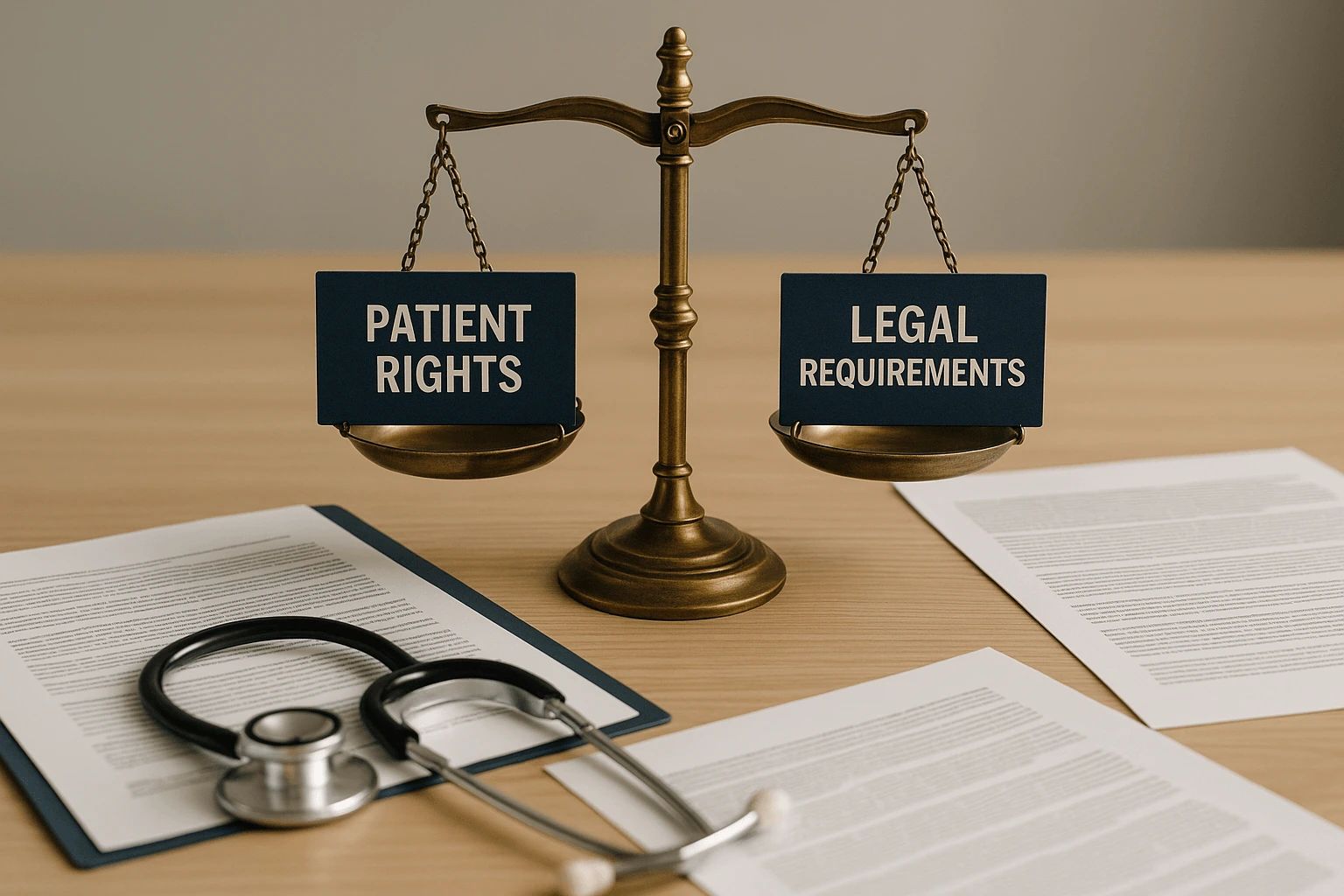
.webp)
.webp)



